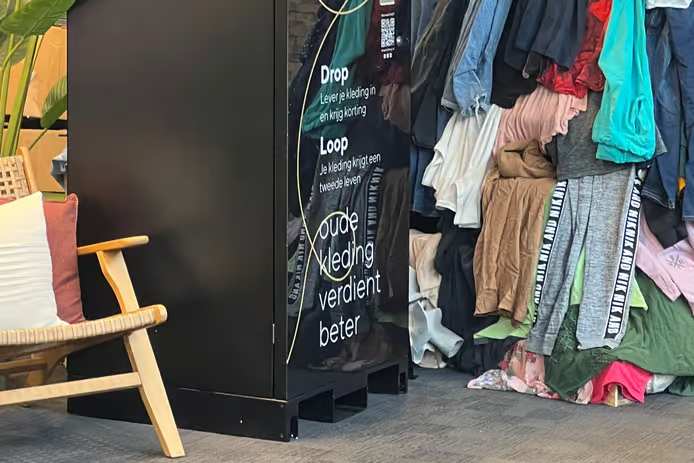Report analyses if circular economy can create good jobs, finds bias
10 May, 2023

A new joint report by global impact organisation Circle Economy, the International Labour Organisation (ILO) and the Solutions for Youth Employment (S4YE) programme at the World Bank followed the question if a circular economy could create good jobs. According to estimates, a total of 7 to 8 million new jobs could be created by increasing the reuse and regeneration of products and materials.
So while the answer to the question is ‘yes’, the report “Decent Work in the Circular Economy: An Overview of the Existing Evidence Base” has identified knowledge gaps that may hinder the creation of new employment opportunities. It also found a strong Global North bias and much improvement needed in terms of the quality of the work.
What is a circular economy?
While there is no single definition of what exactly a circular economy is (yet), the Ellen McArthur Foundation defines it as “a system solution framework that looks beyond the current economy and its linear process of taking materials from the Earth, making products from them and throwing them away as waste”.
Thus, a transition to renewable energy sources is needed, so that a circular model can work on three principles: the elimination of waste and pollution, the circulation of products and material, and the regeneration of nature. Following this circular model rather than the current linear one would require a new way of thinking and hence a new way of working.
What are ‘green’ jobs?
The ILO defines ‘green jobs’ as those that “contribute to preserving or restoring the environment, be they in traditional sectors such as manufacturing and construction or in new, emerging green sectors such as renewable energy and energy efficiency”.
The characteristics of green jobs are that they help improve energy and raw materials efficiency, limit greenhouse gas emissions, minimise waste and pollution, protect and restore ecosystems and support the adaptation to the effects of climate change.
Global North bias
While the circular economy is growing in popularity among businesses and policymakers alike as a means to reach climate goals, the study reveals that current research on jobs in the circular economy displays a strong Global North bias. “It fails to address the impact circular economy interventions have on people in countries in the Global South, atypical workers, women, migrants, youth and other vulnerable populations,” is the verdict.
According to the report, 84 percent of current research focuses on countries in the Global North. Sub-Saharan Africa, Eastern Europe, the Middle East and North Africa are the least represented regions despite the fact that most circular economy activities are located in the Global South.
Poor working conditions in Global South
While 73 percent of workers in low-income countries are employed in the informal economy, most research concerns formal, regulated work. In addition, existing research also focuses disproportionately on job creation rather than job quality, including working conditions and wages. Currently, only a handful of studies examine whether and how a circular economy can alleviate poverty and benefit vulnerable communities in low-income countries.
“It is not as much the concept of circularity that needs an introduction in these economies, but instead, the focus would be on addressing the low quality, low paying jobs in the informal sector with hazardous working conditions and exposure to toxic materials that are associated with circular activities like waste management, recycling, repair and reuse,” explains S4YE program manager Namita Datta.
Addressing social dimensions of a circular economy
Ultimately, the new report calls for more in-depth and inclusive research on decent work and the circular economy, which puts the Global South, informal workers and global value chains in the spotlight. In particular more research on the impact of the circular economy on key actors and marginalised groups is needed as well as ensuring their inclusion in the development and implementation of circular interventions.
There should be more localised, city-level, quantitative studies on the potential shortcomings and opportunities of circular economy interventions and a review and adjustment of current circular economy modelling methods. One also needs to identify and adapt globally relevant indicators of employment and decent work in the circular economy.
The authors also reveal the need for joint advocacy and data partnerships to close knowledge gaps and build links to other important themes, such as climate justice and female empowerment.
‘There is no doubt that a circular economy can help us reach our climate goals. However, the links between circularity and the achievement of social and economic progress remain overlooked. The shift towards a more circular economy offers significant opportunities for the world of work, such as the creation of new jobs and sustainable enterprises,” concludes Alette van Leur, director of the sectoral policies department of the ILO.
Useful Links:
Source: fashionunited.uk
